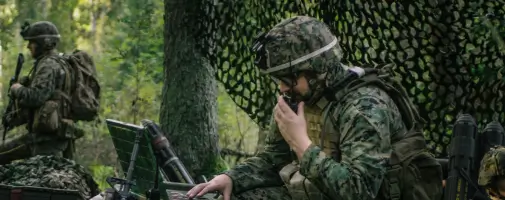USE CASES
Data with the freedom to move in any environment


Data in Motion: A Blind Spot in Your Zero Trust Security Strategy?
Zero Trust security strategies have primarily focused on protecting data at rest and data in use, leaving the security of data in motion reliant on outdated VPN technologies or limited SD-WAN implementations.


Mastering Data Camouflage with Packet and Protocol Command
SCATR empowers organizations to master data camouflage by effortlessly altering data packets and protocols that adversaries seek on untrusted IP networks.


Connect to Global Zero Trust Transit with Ease
SCATR streamlines global Zero Trust Transit connectivity through a unified platform, extensive partner network, rapid onboarding, and multi-path routing for enhanced performance and resilience.


The Most Resilient Zero Trust Transit Network Ever Created
SCATR is a resilient, decentralized, and self-healing Zero Trust Transit solution for securing an organization's data in motion.


Quantum-Proof Zero Trust Transit
SCATR combines advanced data camouflage techniques, a resilient IP network fabric, and a Zero Trust security model to provide a comprehensive, quantum-proof solution for protecting an organization's data in motion.


A Modular Open Systems Approach
The U.S. Department of Defense (DoD) has made the Modular Open Systems Approach (MOSA) a requirement for future weapon system modifications and new development programs.


Protecting Our Warfighters' Data in Motion
Warfighters across the globe are utilizing traditional DoD Type 1 encryptors to connect to sensitive data in motion.
